By Maddy Butcher
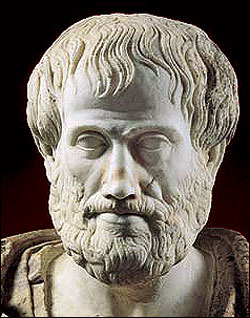 If you want to measure a horse’s smarts, don’t give it math problems or ask it to distinguish musical genres.
If you want to measure a horse’s smarts, don’t give it math problems or ask it to distinguish musical genres.
Instead, test its ability to solve horse problems.
That’s the message from scientist Frans de Waal of Emory University.
Dr. de Waal chastened his peers for anthropomorphism and urged all scientists, equine researchers included, to know their subjects intimately before conducting research. His essay on animal intelligence was published in the Wall Street Journal.
For the last two thousand years or so, we’ve put ourselves at the top of the intelligence tree. Aristotle, Darwin, and others developed an order and rank of all living things. Humans fell just shy of angels.
All the other animals fell below us.
All others lacked souls. They were bereft of a sense of identity or a moral, emotional nature. Read about compassion.
More recently, B.F. Skinner and his followers considered animals fairly simple and predictable stimulus-and-response machines.
The intelligence tree is more like a brambly, knotty bush
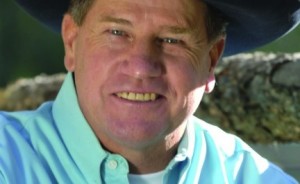 How accurately you measure and define animal intelligence depends on how well you know your subjects.
How accurately you measure and define animal intelligence depends on how well you know your subjects.
De Waal writes:
“We have grossly underestimated both the scope and the scale of animal intelligence…Experiments with animals have long been handicapped by our anthropocentric attitude: We often test them in ways that work fine with humans but not so well with other species.”
Anyone can be blinded by ignorance and hubris; equine researchers are no exception.
“Scientists may miss or ignore the small subtleties – things obvious to a horseman,” said renowned colt starter Mike Kevil.
“If they don’t know what it means, it means nothing to them.”
De Waal concurs. He writes:
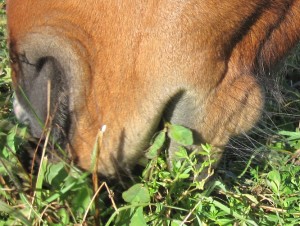 “If I walk through a forest… and fail to see or hear the pileated woodpecker, am I permitted to conclude that the bird is absent? Of course not. We know how easily these splendid woodpeckers hop around tree trunks to stay out of sight…Absence of evidence is not evidence of absence.”
“If I walk through a forest… and fail to see or hear the pileated woodpecker, am I permitted to conclude that the bird is absent? Of course not. We know how easily these splendid woodpeckers hop around tree trunks to stay out of sight…Absence of evidence is not evidence of absence.”
- Picture, for example, a grazing horse.
To uninformed observers, it’s just grazing.
But watch closely and you’ll see the horse selecting one grass over another, spitting out unsavory plants. It learns and categorizes smells and forage spots, scans the horizon, registers sounds typical to field and season, and stays mindful of its herdmates.
Or
- Picture a horse in a stall.
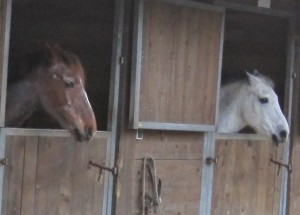 It eats and drinks and moves about. To the uninformed, the horse is fine.
It eats and drinks and moves about. To the uninformed, the horse is fine.
But those familiar with wild or unconfined horses may have a different perspective. By comparing behaviors, bloodwork, and vitals, this horse may be more stressed and less healthy than its unconfined brethren.
What you see or miss in horses depends on perspective and experience
- It turns out that Clever Hans couldn’t count. But he could read his owner’s subtle body language. Does that make him less intelligent than we first believed?
“I would argue that the horse was in fact very smart,” says de Waal. “His abilities at arithmetic may have been flawed, but his understanding of human body language was remarkable. And isn’t that the skill a horse needs most?”
Along the same lines, who more accurately assesses your nervousness or confidence level – a horse or a fellow human?
Stephen Budiansky, author of The Nature of Horses, writes articulately of our biased view of intelligence:
“In our culture, we tend to think of an ability to solve problems or to quickly make connections or to assimilate new information as more important signs of intelligence than a good memory (thus the respected absent-minded professor) …we tend to dismiss innate mental skills from the equation.
“When comparing the intelligence of different species, though, it behooves us…to consider all the functions that an animal’s brain is called upon to perform before we pass judgment on its mental ranking in the animal kingdom.”
We humans are predators and we tend to think more highly of fellow predators, posits Budiansky. We’d probably rank those in the dog family, like mice-eating coyotes, above grass-eating horses. He writes:
“…Problem solving is part of the survival kit of a [predator] that lives by anticipating the complex and highly varied actions of elusive prey. Mice move and hide, grass doesn’t.”
But learning, Budiansky writes “is survival in a changing environment where the rules are not fixed.” And horses learn well.
At a clinic in Europe years ago, Leslie Desmond recalled turning about eight horses loose and letting them move around the arena together.
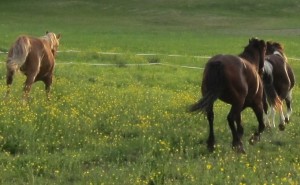 Her audience – full of equine researchers, behaviorists, and published authors – was “open-mouthed in disbelief” and told her it was downright dangerous.
Her audience – full of equine researchers, behaviorists, and published authors – was “open-mouthed in disbelief” and told her it was downright dangerous.
“What it showed me was that they didn’t really understand that the horse’s basic nature is to get along,” said Desmond. “My stumbling block regarding equine behavior research coming out of universities and academia is that it seems like they don’t know horses as well as good horsemen. One would like to support equine research for the betterment of the species, but it’s hard to get behind it when they don’t seem to know what they’re talking about.”
But there’s hope
Just as approaches to horsemanship have evolved from domination to partnership, equine researchers are beginning to test horses from horse perspectives.
De Waal writes:
“Scientists are now finally meeting animals on their own terms instead of treating them like furry (or feathery) humans, and this shift is fundamentally reshaping our understanding,”
Nice article. However, at 61 years, human health science degrees, equine studies degrees. Brought up with horses, applied both trades in different countries. Science never ever said that that because evidence was absent that unobserved evidence does not exist! As a scientist something not observable or measurable is not science. That’s the beauty of science. When others repeat the same research new things are often found! We all see things differently. The beauty of science is that it is a body of evidence hopefully without speculation, that interested parties can then speculate upon. The woodpecker might be being swallowed by a snake and it might have been the wind we shall stop right there before we reach the speculation that it was J.F Kennedy behind the tree! Regardless of where we began our journey we all have to start somewhere. What many forget is that we are all animals and all individuals within species. I am always happy for someone different to assist me with something especially if they come from somewhere left or right of my fields. They are the people that see things i miss! Yes, i am human and i fail, horses are equines and they fail and perfection is unobtainable, the longer we are at it, anything, the closer to perfection we all become. I like learning, i like those beginning that journey even more and respect those that allow me to glean from their knowledge, human, equine, canine, feline or whatever.
A man once said what has physics got to do with horse training and conditioning. The answer to that question is as always, the first six letters of both the words physics and physical have been placed in the same order for a reason. Improving intelligence be it our own or indeed another animals is still physical, it brings about changes in being! The mental faculty is just a different system to that of the skeletal system, muscular system nervous system etc. they all interact to form in animals, some thing absolutely unique.
That is the beauty.
Hi Andy, we agree. Absence of evidence is NOT evidence of absence 🙂